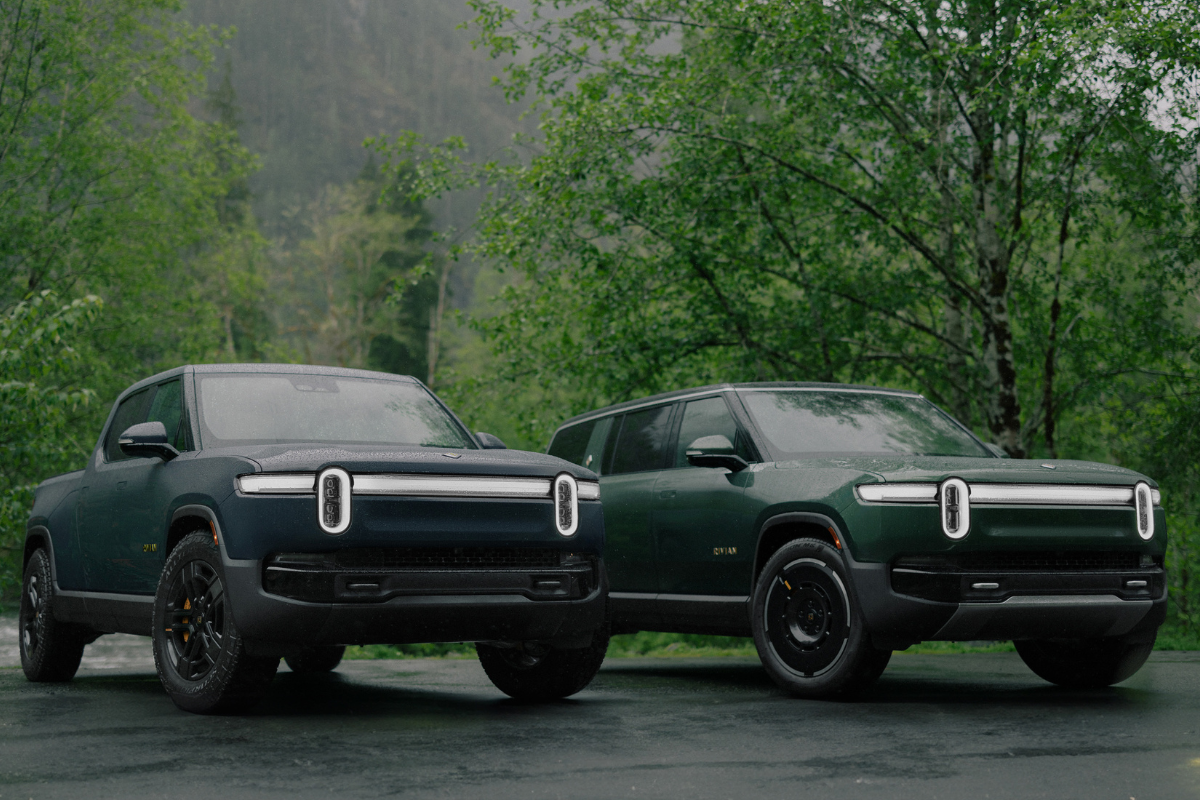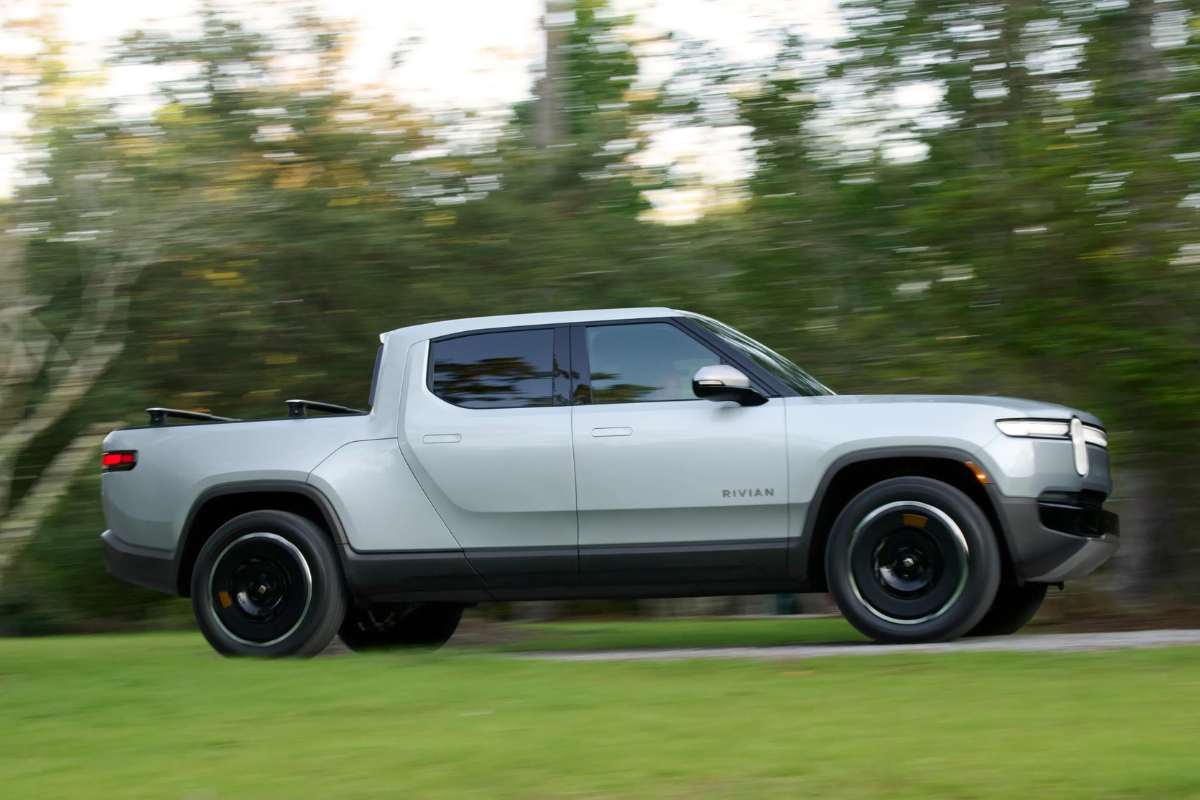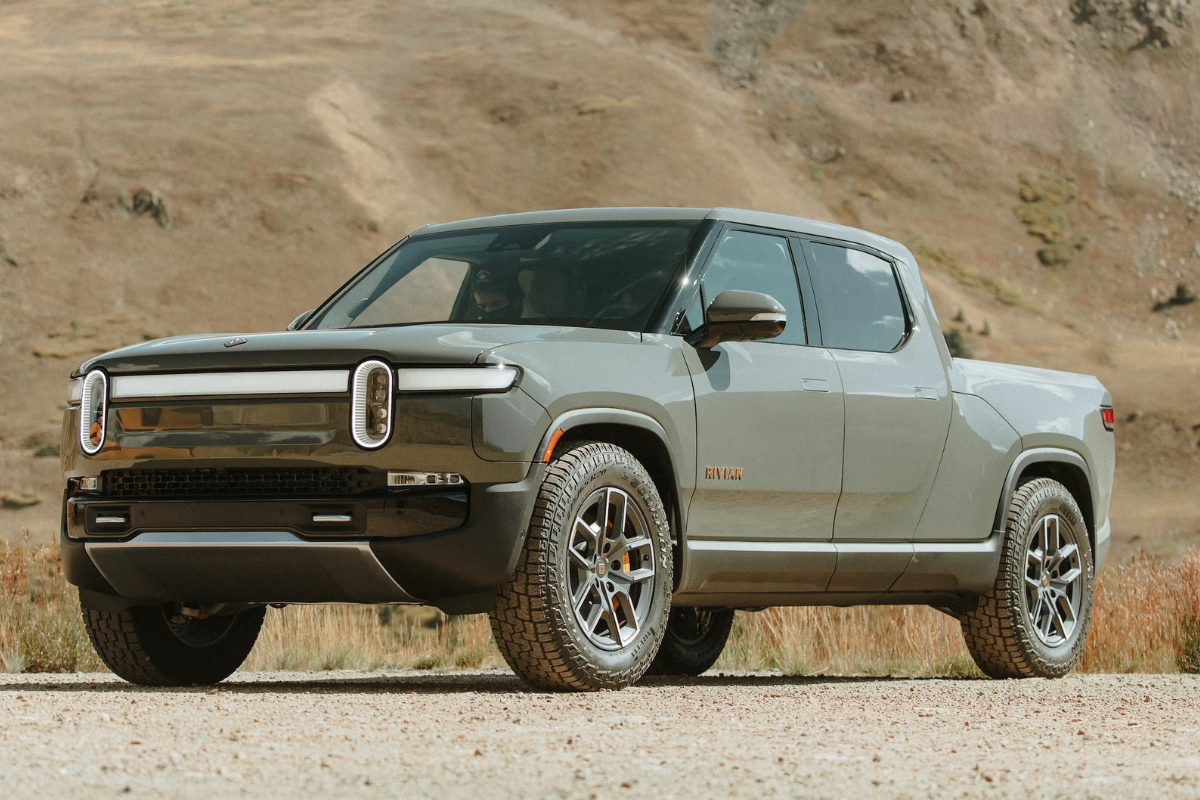George Boulton
September 5, 2024

George Boulton
September 5, 2024

Rivian are among a growing number of manufacturers focussing on sustainability
Engineers have moved away from heavy steel frames to materials like aluminum and high-strength steel...
Manufacturers are now focusing on sustainability without compromising performance or style.
Let’s explore how pickup trucks are becoming more eco-friendly.
One of the most significant shifts in pickup truck design is the use of lightweight materials.
Engineers have moved away from heavy steel frames to materials like aluminum and high-strength steel, we’re looking at you Tesla.

This reduction in weight enhances fuel efficiency, leading to lower emissions.
The Ford F-150, for instance, incorporates an aluminum alloy body that cuts weight without compromising strength, setting a new standard for eco-friendly design.
Designers are also focusing on aerodynamics to improve efficiency.
Traditional boxy shapes are being refined with smoother lines and more streamlined profiles, reducing drag and boosting range and mileage.
These subtle yet impactful changes reflect a growing emphasis on sustainability in the design process.

Perhaps the most transformative evolution is the shift toward hybrid and electric powertrains.
Manufacturers are increasingly offering hybrid versions of popular pickups, while electric trucks like the Rivian R1T and Ford F-150 Lightning are leading the charge (if you’d pardon the pun) in the zero-emissions market.
These vehicles retain the ruggedness and utility that pickup drivers expect but with a fraction of the environmental footprint.

Pickup trucks are evolving to become more environmentally friendly.
Through lightweight materials, aerodynamics, and making the electric switch, manufacturers are demonstrating a commitment to sustainability without compromising on performance.